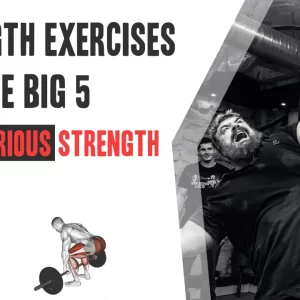Contents
- What Is EPOC (Excess Post-Exercise Oxygen Consumption)?
- Why Does EPOC Matter?
- What Influences the EPOC Effect?
- Training Methods That Maximize EPOC
- How Long Does EPOC Last?
- Caloric Impact of EPOC
- Common Myths About EPOC
- Who Benefits Most from EPOC-Focused Training?
- Conclusion
If you’ve ever finished a high-intensity workout and felt your heart rate and breathing stay elevated for a while afterward, you’ve experienced EPOC—the afterburn effect. Short for excess post-exercise oxygen consumption, EPOC refers to the increased rate of oxygen intake your body uses after exercise to restore itself to its pre-exercise state.
But EPOC is more than just a post-workout phenomenon. It plays a significant role in calorie expenditure, fat loss, and metabolic recovery, especially in certain types of training like HIIT and resistance workouts. In this article, we’ll explore what EPOC is, how it works, why it matters, and how to train in ways that maximize its benefits.
What Is EPOC (Excess Post-Exercise Oxygen Consumption)?
EPOC is the amount of additional oxygen your body consumes after intense exercise to fuel the recovery process. The body engages several energy-consuming processes during recovery:
- Replenishment of ATP and creatine phosphate stores
- Resynthesis of muscle glycogen
- Lactate removal and conversion (Cori cycle)
- Restoration of hemoglobin and myoglobin oxygen levels
- Thermoregulation (cooling the body down)
- Increased hormone activity (catecholamines, cortisol, GH)
- Repair of muscle tissue and adaptation
Each of these requires oxygen, contributing to elevated post-exercise metabolism. Essentially, EPOC reflects the extra energy your body uses after exercise to return to homeostasis. During this recovery period, your metabolism stays elevated, and your body continues to burn calories—even while at rest.
You may recognize the afterburn effect if, after your workout:
- Your heart and breathing rates stay elevated
- You continue to sweat or feel hot
- Your device shows a higher total calorie burn
- You feel more fatigued or stimulated post-training
These signs reflect that your body is still working to recover, and that you’re reaping the metabolic rewards of a smart, intense session.
High levels of EPOC require very intense or prolonged exercise, which may not be feasible for most people, especially beginners or non-athletes.
Why Does EPOC Matter?
1. Increases Total Caloric Burn
EPOC extends your energy expenditure beyond the duration of the workout, which enhances overall calorie burn. The intensity and duration of your workout strongly influence the magnitude and length of the EPOC effect.
Studies show EPOC can increase resting energy expenditure for up to 38 hours after a high-intensity heavy resistance session (Mark D. Schuenke. et al.).
2. Supports Fat Loss
While the calorie burn during the workout is important, the post-exercise metabolism boost from EPOC can contribute meaningfully to fat loss—especially when combined with resistance training or interval cardio.
3. Enhances Recovery
The body uses this oxygen-intensive state to:
- Restore ATP and phosphocreatine
- Repair damaged muscle fibers
- Rebalance hormones like cortisol and growth hormone
These processes are essential for training adaptation and muscle growth.
What Influences the EPOC Effect?
| Factor | Effect on EPOC |
|---|---|
| Exercise intensity | Higher intensity = greater EPOC |
| Exercise duration | Longer duration = more oxygen demand |
| Type of training | Resistance training and HIIT produce higher EPOC than steady-state cardio |
| Training experience | Trained individuals may recover faster and experience a slightly reduced EPOC over time |
Training Methods That Maximize EPOC
1. High-Intensity Interval Training (HIIT)
HIIT involves alternating bursts of intense effort with recovery periods. This creates a large metabolic disturbance, requiring more energy post-exercise to restore physiological balance.
Protocol Example:
- 30 seconds sprint / 90 seconds walk × 8–10 rounds
- Total duration: 20–25 minutes
- Intensity: ≥85% max heart rate (or ≥90% VO₂max)

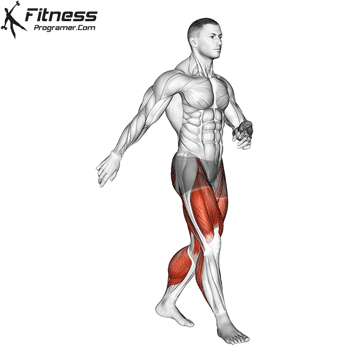
2. Sprint Interval Training (SIT)
SIT pushes the body above 100% VO₂max for very short durations, causing greater oxygen debt and muscle disruption.
Protocol Example:
- 6–8 × 30-second “all-out” sprints (e.g., cycle ergometer or hill sprints)
- 3–4 minutes passive recovery between bouts
3. Heavy Resistance Training
Multiple compound lifts using high loads cause significant muscle fiber recruitment, ATP depletion, and hormonal response—all contributing to EPOC.
Best Practices:
- Use multi-joint lifts (e.g., squats, deadlifts, rows, bench press)
- Load: 70–85% of 1RM
- Volume: 3–5 sets × 8–12 reps
- Short rest periods (45–60 seconds) increase the metabolic cost


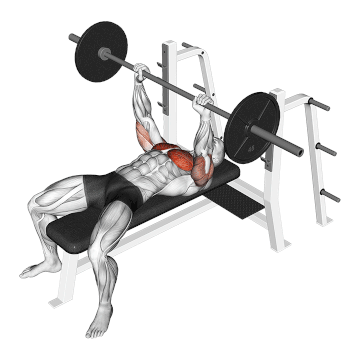
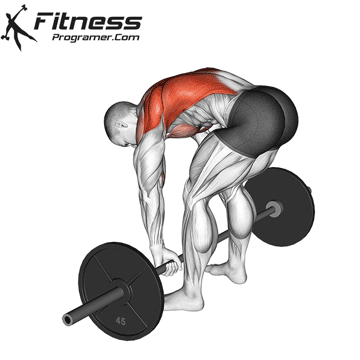
4. Circuit Resistance Training
Combines strength and cardiovascular elements with minimal rest between exercises, maintaining elevated heart rate throughout the session.
Protocol Example:
- 4–6 exercises in a circuit (e.g., push-ups, lunges, rows, kettlebell swings)
- 30–60 seconds per station with <30 seconds rest
- Repeat for 3–5 rounds
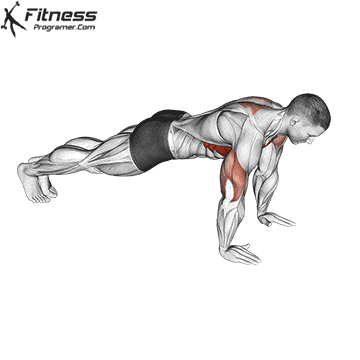
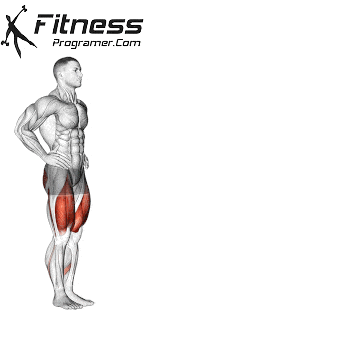
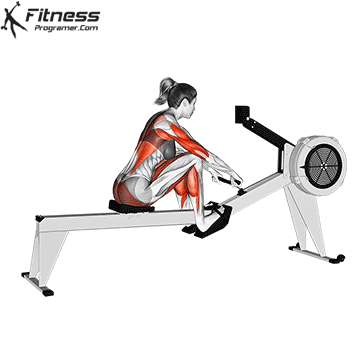
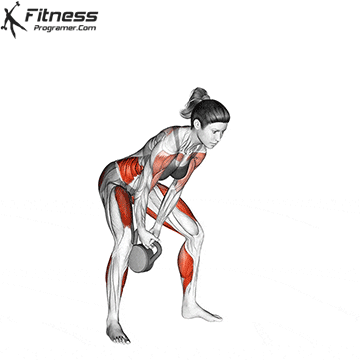
5. Combined Endurance & Resistance Training (Concurrent Training)
Doing both aerobic and resistance training in one session increases overall energy cost and post-exercise metabolic demand.
Example Session:
- 20 minutes of moderate-to-high-intensity resistance work
- Followed by 20 minutes of intervals or steady-state cardio at ≥70% VO₂max
6. Tabata Training
A highly intense form of HIIT with extremely short work-rest ratios, Tabata produces large oxygen deficits in a short time.
Protocol Example:
- 8 rounds of 20 seconds max effort / 10 seconds rest
- Total: 4 minutes per exercise (e.g., squat jumps, burpees, mountain climbers)
How Long Does EPOC Last?
Modern research suggests:
- Moderate-intensity exercise: EPOC may last 1–3 hours
- Submaximal aerobic exercise (≥70% VO₂max for ≥50 minutes): EPOC may last 3–12 hours, especially in trained individuals.
- Supramaximal efforts (e.g., ≥105% VO₂max or high-intensity intervals): Can elevate metabolism for 12–24 hours, though calorie burn remains modest.
- Heavy resistance training or HIIT: May produce EPOC lasting up to 16–38 hours, depending on training volume and intensity.
Caloric Impact of EPOC
Even with prolonged EPOC durations, studies show it only accounts for 6–15% of the total energy cost of the exercise.
Here’s what the literature shows:
- Typical EPOC calorie burn:
~5–50 kcal/hour post-exercise
~15–150 kcal total depending on intensity and duration - For comparison: A 45-minute moderate run may burn 400–600 kcal, while EPOC adds only 6–15% more (24–90 kcal).
While EPOC does not account for hundreds of extra calories, it can contribute an additional 6–15% of your total session’s energy cost (Børsheim & Bahr, 2003).
Common Myths About EPOC
| Myth | Reality |
|---|---|
| EPOC burns hundreds of calories after every workout | Most EPOC responses range from 50–200 kcal, depending on training type. |
| Only cardio triggers EPOC | Resistance training can generate equal or greater EPOC than cardio. |
| You need to feel exhausted for EPOC | Intensity matters, but smart programming can elicit EPOC without burnout. |
Who Benefits Most from EPOC-Focused Training?
- Fat loss clients seeking metabolic advantages
- Busy professionals looking for short, efficient workouts
- Athletes and tactical populations aiming to improve work capacity and recovery
- General fitness clients wanting to improve body composition
Conclusion
EPOC, or excess post-exercise oxygen consumption, is a powerful metabolic phenomenon that helps your body burn calories and recover long after your workout ends. By training with intensity—through resistance training, HIIT, or metabolic circuits—you can maximize this effect to support fat loss, performance, and recovery.
Understanding EPOC allows you to train smarter, not just harder. Use it as a tool in your fitness programming to build more efficient, effective, and sustainable results.
References
- Schuenke, Mark; Mikat, Richard; McBride, Jeffrey (2002). “Effect of an acute period of resistance exercise on excess post-exercise oxygen consumption: Implications for body mass management”. European Journal of Applied Physiology. 86 (5): PMID 11882927.
- LaForgia J, Withers RT, Gore CJ. Effects of exercise intensity and duration on the excess post-exercise oxygen consumption. J Sports Sci. 2006;24(12):1247–1264. https://doi.org/10.1080/02640410600552064
- Børsheim E, Bahr R. Effect of exercise intensity, duration and mode on post-exercise oxygen consumption. Sports Med. 2003;33(14):1037–1060. https://doi.org/10.2165/00007256-200333140-00002
- Hackney KJ, Engels HJ, Gretebeck RJ. Resting energy expenditure and delayed-onset muscle soreness after full-body resistance training with an eccentric concentration. J Strength Cond Res. 2008;22(5):1602–1609
- American College of Sports Medicine. ACSM’s Guidelines for Exercise Testing and Prescription, 11th ed.


